The Polish Air Force University (Polish: Lotnicza Akademia Wojskowa) – "the School of Eaglets" – has undergone several changes in its name, structure, and educational programs over the years. The curricula and methods of theoretical education and practical flight training have evolved, with all transformations driven by the desire to best fulfill the institution's mission.
Key Dates in the history of the "School of Eaglets"
A list of Commandants and Rectors

Col. Pil. Roman FLORER
Commandant of the Air Force Officer Cadet School (1928 - 1929)

Col. Qualified observer Stanisław UJEJSKI
Commandant of the Air Force Officer Training Center (1929 - 1933)
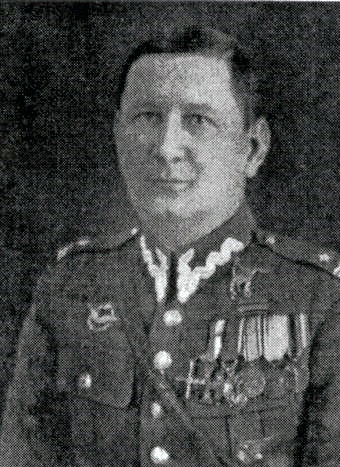
Maj. Pil. Stefan KAŁĘCKI
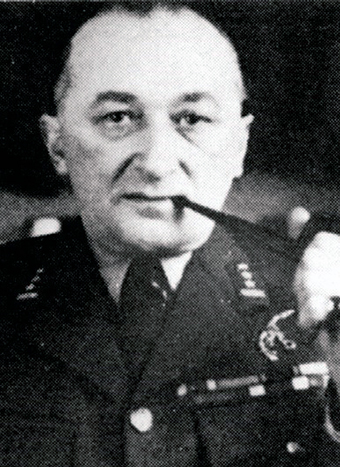
Lt Col. Pil. Jerzy GARBIŃSKI
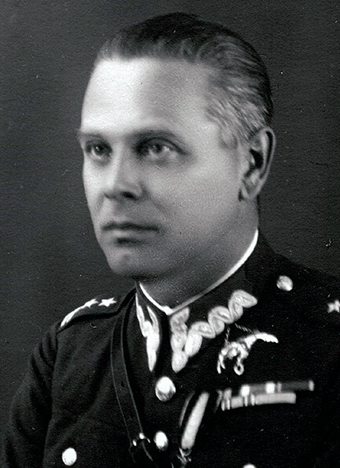
Col. Pil. Franciszek WIEDEŃ
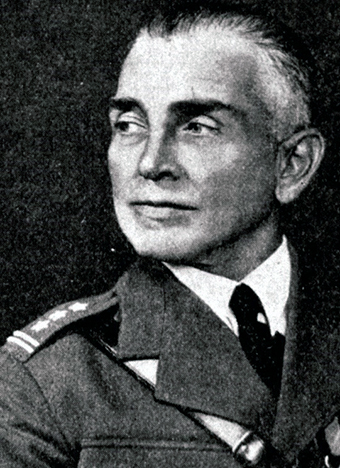
Col. Pil. Wacław IWASZKIEWICZ
Commandant of the Air Force Training Center No. 1 (1937 - 1938)
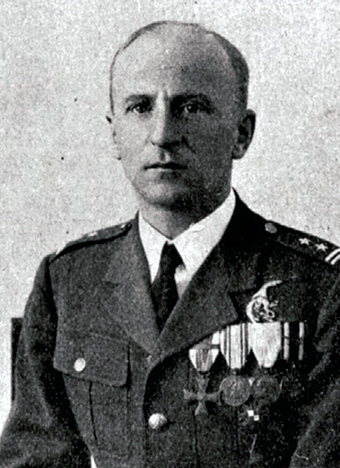
Col. observer Stefan SZNUK
Commandant of the Air Force Training Center No. 1 (1938 - 1939)
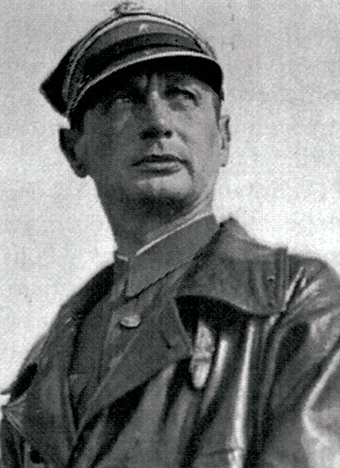
Maj. Pil. Alfons BESELIAK
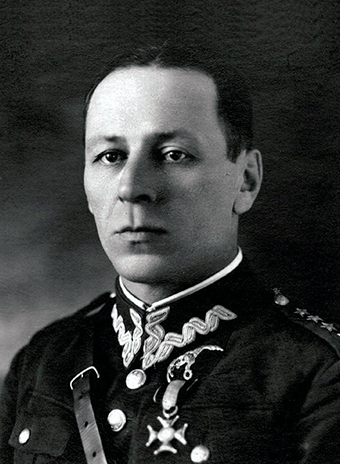
Maj. Pil. Andrzej KŁADKO
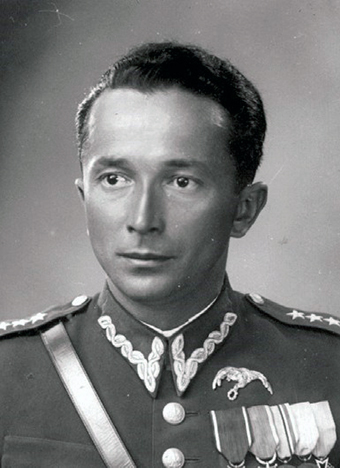
Lt Col. Pil. Jerzy BAJAN
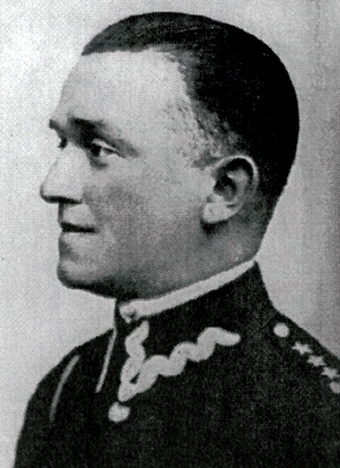
Lt Col. Qualified observer Modest RASTAWIECKI
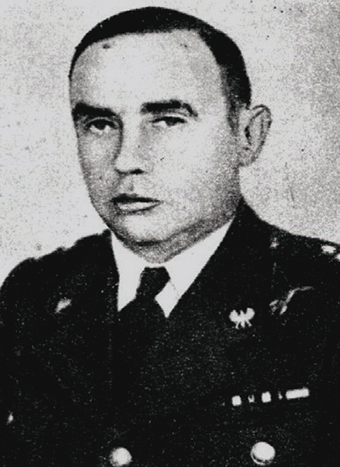
Brig. Gen. Pil. Józef SMAGA
Commandant of the Wartime Pilot School-Officer Air Force School (1945 - 1946)
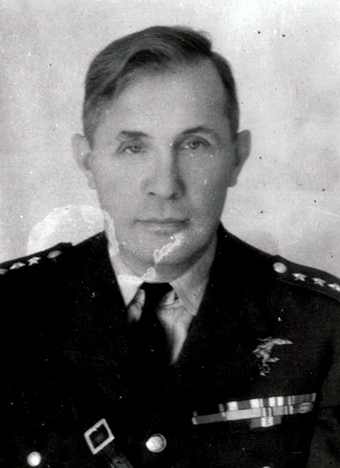
Col. Pil. Władysław MADEJSKI
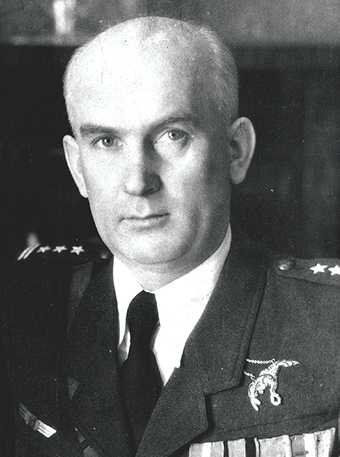
Col. Pil. Szczepan ŚCIBIOR
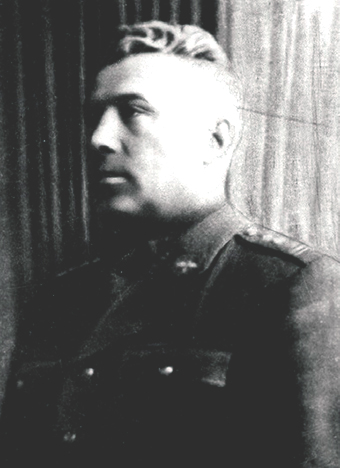
Col. Pil. Mikołaj RYSIEW
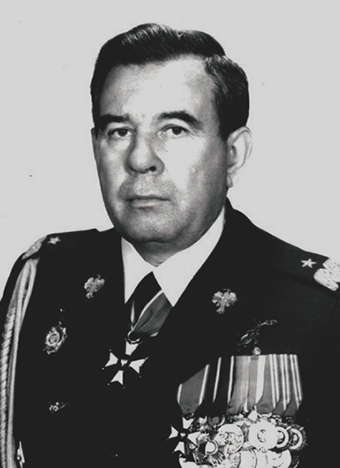
Brig. Gen. Pil. Professor Zdzisław ŻARSKI, PhD
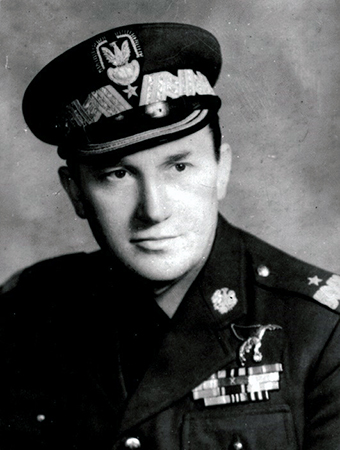
Brig. Gen. Pil. Franciszek KAMIŃSKI
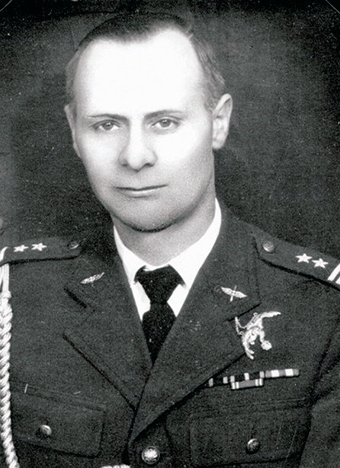
Lt Col. Pil. Eugeniusz PNIEWSKI
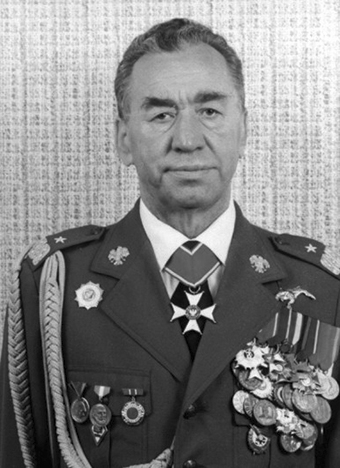
Brig. Gen. Pil. Associate Professor Józef KOWALSKI, PhD
Commandant of the Air Force Officer Training College (1968 - 1981)
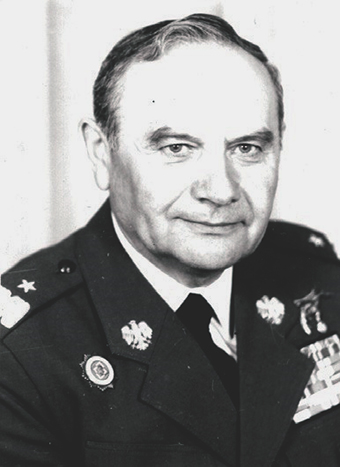
Brig. Gen. Pil. Adam BIDZIŃSKI
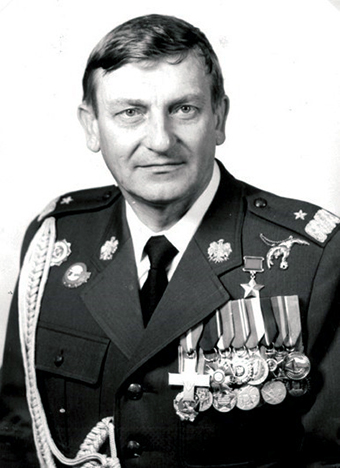
Brig. Gen. Pil. Mirosław HERMASZEWSKI
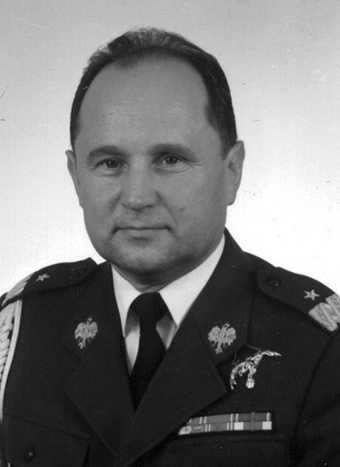
Brig. Gen. Pil. Edward HYRA, PhD
Commandant of the Polish Air Force Academy (1994 - 1995)
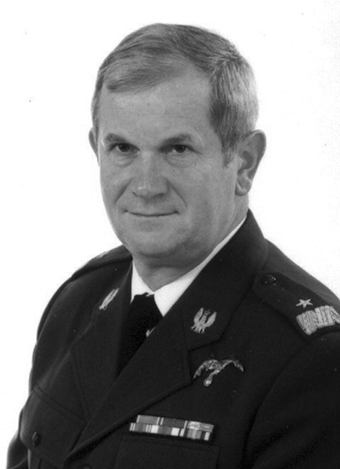
Brig. Gen. Pil. Associate Professor Ryszard OLSZEWSKI, PhD

Brig. Gen. Pil. Zenon SMUTNIAK, PhD
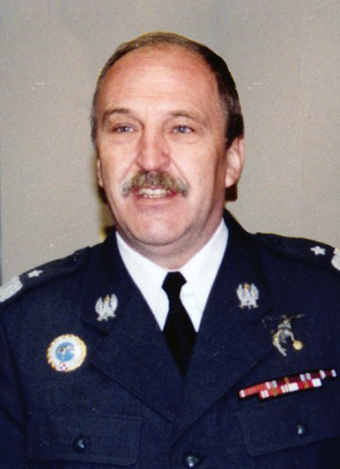
Brig. Gen. Pil. Tadeusz KUZIORA
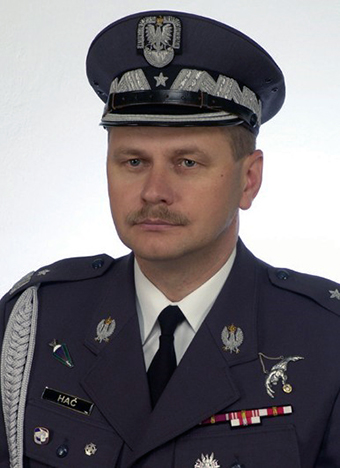
Brig. Gen. Pil. Ryszard HAĆ
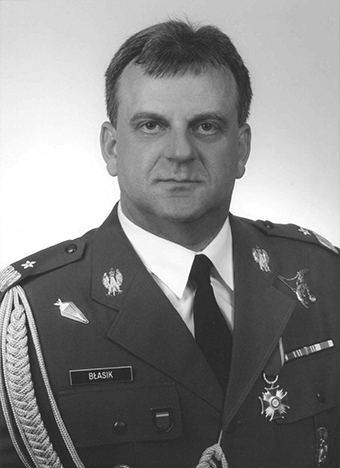
Brig. Gen. Pil. Andrzej BŁASIK
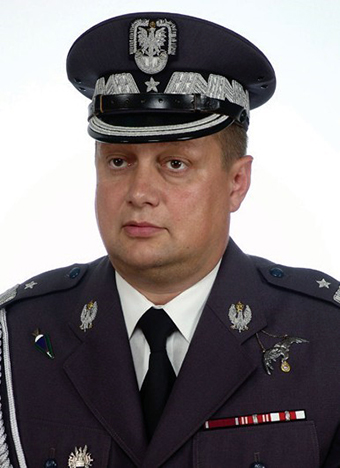
Brig. Gen. Pil. Associate Professor Jan RAJCHEL, PhD
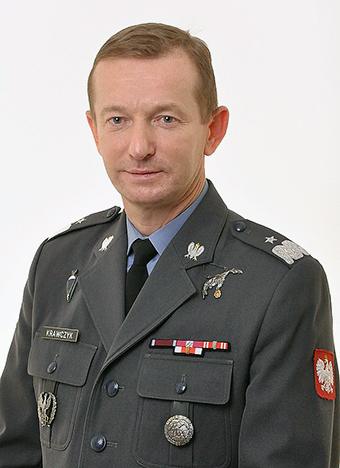
Brig. Gen. Pil. Piotr KRAWCZYK, PhD
Rector-Commandant of the Polish Air Force University (2019 - 2020)
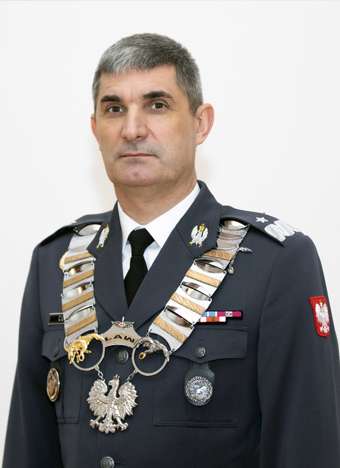
Brig. Gen. Pil. Krzysztof CUR, PhD, Eng.
The Polish Air Force University
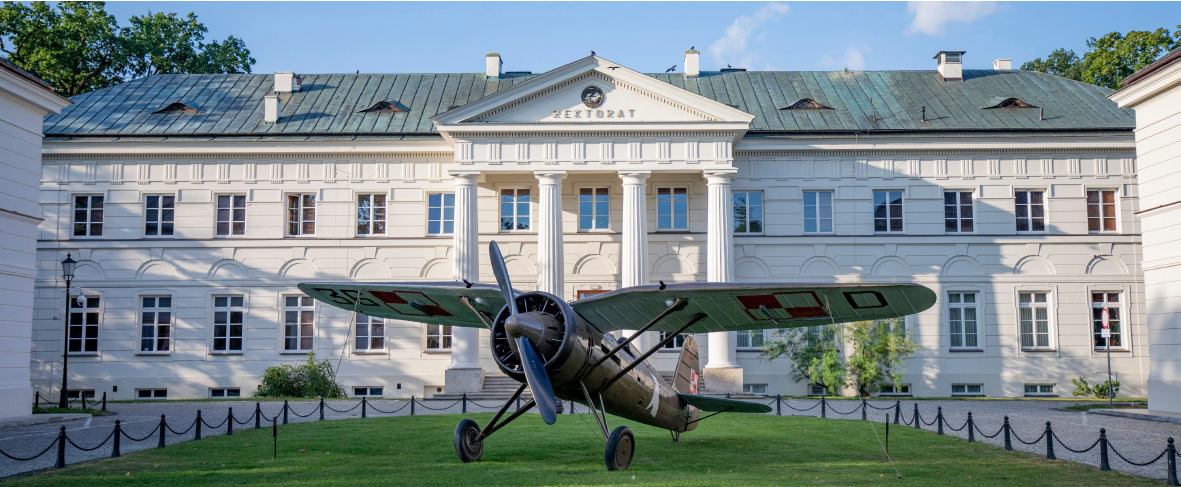
,,Pro Patria semper’’ heraldic motto in Dęblin School of Eaglets symbolises nearly a century long patriotic tradition as well as service to the home country. Air Force Officer Training School was ordered by Gen. Włodzimierz Zagórski on 5th November 1925. Initially, it was located in Grudziądz and two years later it was moved to Dęblin.
In the first half of 1920s air training centre infrastructure was gradually prepared in Dęblin. Development plan was signed by the chief of the Fourth Aviation Department in the Ministry of Military Affairs and the commander of the Polish Air Force (1923 -1924) – Gen. Francois-Leon Leveque. Ordered by Gen. Włodzimierz Zagórski on 5th November 1925 Air Force Training School was opened in Grudziądz in the location of Pilot’s High School. The former one was intended to be tranferred to Dęblin once the construction was complete. The internal structure of the school was as follows: Science Department, School Department (two school squadrons), Reconnaissance Squadron, School Park and Administration Department. Col.Pilot Roman Florer, the former commander of the IV Air Regiment in Toruń, was appointed the first commandant. On 14th April 1927, Dęblin period in the school history was originated and it lasts up to now. In the years to come the name of the school was changed into Aviation Cadets School and it was joined by the reformed air training system. From 1929 PHS was part of Aviation Officer Training Centre in Dęblin. The last structural modification before war was made in 1937. AOTR was transformed into Air Training Centre no.1 within aviation modification program for 1937 – 1942. The ‘School of Eaglets’ became one of the most modern aviation schools.
The main objective of Air Force Officer Training School and then Air Pilots School was preparing candidates for officers and air reserve cadets. Air Depertment Chief – Col. Ludomił Rayski aimed at the rejuvenation and creation of ‘closely-knit air staff’ since taking office. He was going to achieve this goal by close cooperation of the military and civilian environment and ‘synchronizing air training with combat training in air regiment (professional improvement).’ Theoretical and practical training have been always treated seriously as well as educational aspect. Candidates had to meet the requirements in terms of citizenship, age, health condition, education, military and air preparation and pass entrance exams.
For nearly ten years School trained only observers. The change of conception took place during first year training and resulted in the protest of some cadets. The first ceremonial promotion (II promotion) was held on 15th August 1928 in Dęblin. Among the graduates there were future commanders of the Polish squadrons in Great Britain: Zdzisław Krasnodębski, Walerian Jasionowski i Stefan Łaszkiewicz. The first pilot’s promotion (IX promotion) took place in APS in 1936. 615 observers and 344 pilots were promoted in 13 pre-war promotions.
Training in Dęblin was conducted by the best specialists, among others, Lt.Col. Pil. Jerzy Bajan, Capt.Pil. Jan Hryniewicz, Capt.Pil. Zdzisław Henneberg, Lt.Col. Witold Urbanowicz. Initially, the School Fleet consisted of French planes: Breguet XIV and XIX, Potez XV, XXV, XXVII, Bleriot Spad S-VII. Before war Polish planes were introduced gradually: PWS 10, PZL P-7 A, PZL P-23 A ‘Karaś’.
During the 6th promotion on 15 August 1932, "The chaplain delivered a sermon devoted to the role of a pilot and their service for the country: ≫Your life is driven by your destiny; when there is such a need, you will not only defend your own country, but also the freedom of others. Many of you will remain a legend for the future generations≪… – I remembered these words because they seemed so pathetic and unreal to me at that time,’ Witold Urbanowicz said.
The pilots were put into test in 1939 which lasted for the next few years in Poland, France, Great Britain, Germany, Italy and North Africa. On 2 September 1939, Germany conducted a mass raid on Dęblin. The decision to evacuate the School eastwards was taken soon and, after 17 September 1939 further on to Romania. In September 1939, the instructors from Dęblin jointly created the so-called The Dęblin Fighter Group, which tried to fight against German raids. The Germans invaded Dęblin on 15 September and started setting up a base of a Luftwaffe school, air force units and repair shops on the premises of the School ruins. The list of air combat winners in September 1939 includes 16 sergeant pilot cadets from the 12nd and 13rd promotions, who joined the regiments only a few weeks before. Of nearly a thousand observers and pilots who completed training at the Air Force Officer Training Centre and the Air Force Officer School in Dęblin, more than 220 lost their lives during World War II, and nearly 190 were killed in air accidents between 1927 and 1945.
103 graduates of “the School of the Eaglets of Dęblin” fought in the Battle of Britain and 29 (mainly graduates of the Air Force Officer Training Centre and the Air Force Officer School) reached the status of fighter aces between 1939 and 1945 (with a minimum of five enemy aircraft shootings down). During this period, the great and heroic achievements of Witold Urbanowicz, Stanisław Skalski, Jan Zumbach, Eugeniusz Horbaczewski, Bolesław Gładych, Wacław Król, Zdzisław Henneberg, Witold Łokuciewski and many others became the legend. The pilots trained in Dęblin provided training to their successors in the British Isles. The tradition of the School of the Eaglets was continued by the 315 Fighter Squadron of Dęblin, which ended the ‘combat route’ by participating in the Hitler headquarters bombardment operation in Berchtesgaden. The “Railwaymen” from the 315 Squadron, as they were nicknamed, are also an important part of the tradition of the Air Force Training Centre of Dęblin.
After the end of the Second World War, a difficult period begun in the history of the ‘Eaglets’ School’. Poland was in the USSR’s sphere of influence, which all its consequences . Many airmen of the Polish Air Force in the West faced a very serious dilemma of choosing their future path. Embittered and discouraged they chose emigration to the remotest parts of the world or decided to return to Poland.
In the spring of 1945, flight training conducted since the autumn of 1944 at the Polish Military Air Force School in Zamość , was transferred to Dęblin establishing ‘ Military Pilots’ School ‘. In 1946, it was renamed into the ‘ Polish Air Force Officer School ‘.
The presence of Soviet officers was the sign of the new reality. An abbreviated, wartime training programme was followed until 1947. From then, both theoretical and practical training was provided in advanced ways. This was particularly important as the requirements for candidates were reduced in the late 1940s. During this period, Polish airmen were returning to Poland from the West. One of them was Colonel Szczepan Ścibior, who was appointed commandant of the ‘ Eaglets’ School ‘ in 1947.
In the atmosphere of purges in the Polish army characterised by special suspicion towards those returning from the West, he was arrested on 9th August, 1951 despite positive opinions about the training in Dęblin. After several months of a brutal investigation, he sat on the dock alongside other Air Force officers. The Supreme Military Court sentenced him to death on false charges. The execution was carried out on 7th August, 1952. The list of repressive airmen was much longer. Stanisław Skalski was also on it.
The atmosphere of political repression influenced his decision to attempt an escape to the West. In 1956, after several escapes by military pilots, a successful attempt was also made by four OSL cadets on Yak -18 aircraft, who reached Austria. This led to dangerous repercussions for the School’s Staff.
In the 1950s, a new phase of the Cold War had begun and , as a result, the Polish Air Force was being intensively expanded. This obviously also affected the training of cadets.
The concept of shortening the training period was reevaluated and the number of candidates admitted to the School was significantly increased. Great emphasis was placed on ideological training. These assumptions changed after a few years due to the development of aviation technology. In the early 1950s, the first Jet – aircraft Yak -17 and MiG -15 appeared in the Polish army, which had a significant impact of changing the training organization and selection of candidates for aviation. The School received the MiG -15 aircraft in the autumn of 1956.
As part of the general reform of military education carried out in 1968 the Officer Training College / OSL / changed its name to the Jan Krasicki Air Force Training College / WOSL /. The WOSL was a first -degree university with the period of study extended to four years, within which the scope of general and general technical knowledge was increased.
The ten Commandant of the School, General Józef Kowalski established close cooperation with, inter alia, the Maria Curie – Skłodowski University in Lublin and carried out many investments that influenced the level and condition of education in Dęblin. In 1969, a monument was erected dedicated to the ‘ Heroic Airmen’ of the ’ Dęblin Eaglets’ School ‘.
In turn, in the 1970s, great popularity was gained by a graduate and later commandant of the WOSL Brig.gen.pil. Mirosław Hermaszewski. From 27th June to 5th July 1978, as part of the Interkosmosspace programme, then Major Mirosław Hermaszewski flew on the Soyuz 30 spacecraft.
Within the 35 years that have passed since the political breakthrough of 1989, the School of Eaglets has undergone a profound transformation. This process was driven by changes occurring both in the Polish Armed Forces and in the higher education system in Poland. An important factor initiating and guiding the modernization was setting new geostrategic goals for Poland. The country's efforts to integrate with the Western system of military and political-economic alliances, which culminated in joining NATO in 1999 and the European Union in 2004, led to the modernization of the Polish military in terms of doctrine, personnel, structure, and equipment.
The higher military education system in Poland has been evolving since 1989, transitioning from technical higher education institutions to military academic institutions with legal personality and property necessary for carrying out statutory tasks. Nevertheless, the Ministry of National Defense continues to significantly influence their operations. Key to the functioning of higher military education were the laws of July 27, 2005, and July 20, 2018. These institutions became more autonomous, adopted a unified system of scientific fields and disciplines, and implemented a standardized evaluation system for education quality, which made their degrees comparable to those of civilian institutions, and thus more widely recognized. The scope of opportunities for scientific development and conducting research has expanded. The Polish Air Force University (WSOSP/LAW) actively participates in international student exchange and scientific cooperation programs.
Since the 1990s, the network of military universities has been evolving, and today it consists of five institutions. This process was dynamic and tumultuous, and some of the proposed changes received critical feedback from a significant part of the community. In 1994, the Polish Air Force Officers School (WOSL) was reorganized into the Polish Air Force Officers Academy. A key element of the WSOSP’s organizational structure was the Faculty of Aviation, which was responsible for the training and professional development of officers and non-commissioned officers, and through research activities, participated in the modernization of the armed forces. Since 2003, WSOSP offered master's degree programs in aviation and space studies. For several years, the Academy also conducted officer training for candidates with higher education degrees obtained from civilian universities. Since 2005, the School of Eaglets has offered civilian studies (initially only in aviation and space studies). In 2008, military postgraduate studies were inaugurated as part of professional development. Efforts were also made to expand the educational offer. In 2009, the first students began studying in the field of national security, in 2011 in navigation, and in 2012 in logistics. The increase in the number of students also led to structural changes in the Academy. In 2010, the Faculty of National Security and Logistics was established (renamed the Faculty of Aviation Security in 2019), the Institute of Navigation was founded in 2019, and in the same year, an independent Department of Logistics, which in 2021 transformed into the Institute of Logistics and Transportation. The Foreign Languages Center is also an independent unit within LAW.
The most important change, however, was the elevation of the Academy’s status, which, based on the ordinance of the Minister of National Defense dated August 28, 2018, changed its name to the Polish Air Force University (Lotnicza Akademia Wojskowa – LAW). In 2021, LAW established a Federation of Military Academies with the Polish Naval Academy in Gdynia, with the primary goal of combining the scientific activities of the federated institutions. Currently, LAW offers military studies in the following fields: aviation and space studies, navigation, air safety engineering, logistics, and civilian studies in the following fields: aviation and space studies, navigation, national security, and logistics.
The key element of the educational process at LAW is the flight training. Until 2008, it was conducted in the Air Force Training Regiments subordinate to the WSOSP commander, but from then on, it has been carried out by units of the 4th Air Training Wing, operating aircraft such as: TS-11, PZL-130, M-28, Mi-2, SW-4, and An-2. From 2019, cadets have been training on the M-346 Bielik, and in 2024, the first woman began her training. Following changes to the practical training program, basic training was conducted by the Academic Aviation Training Center (now the Academic Center for Aviation Training), which gradually expanded its fleet. Currently, it operates aircraft such as the Diamond DA-20 C1, DA-42-VI, DA40NG, Zlin 143 LSi, 242 L, 536F, Piper PA-34 Seneca, An-2, and helicopters like the Guimbal Cabri G2 and Robinson R44 Raven II. Simulators also play an important role in the training system, including simulators for TS-11 Iskra and PZL-130 TC1 Orlik aircraft, ELITE-S 612 Cessna 172 RG, ELITE Pi-135 BITD, “Selekcjoner” for the Głuszec helicopter and F-16 aircraft, FNTP-II for the SW-4 Puszczyk helicopter and Schweizer 300 helicopter, for helicopter piloting on Cabri G2, FNTP-II for M-28 Bryza aircraft + MCC/Seneca, Cessna 172 RG, a disorientation simulator, a virtual battlefield simulator (VBS-3), a procedural simulator PC (GARMIN-1000), an RC simulator with a 50-inch screen and Aerofly RC 7 software, an ATC simulator with ARTMACS (AiR Traffic Military And Civil Simulator) software, the IKS-80 Oberon simulator, and an air traffic simulation system (RDS-15). LAW also has specialized laboratories and classrooms.
The dynamic development of aviation has led to the establishment of training centers and institutions within WSOSP/LAW that participate in both the training of military and civilian students and the development of professional soldiers. These include the Academic Sports Center, the Academic Center for Aviation Training, the IT Center, the Unmanned Aerial Vehicle Personnel Training Center, the Air Traffic Personnel Training Center, the Air Guidance Navigator Training Center, and the Multinational Center for Air-Land Integration Training.
For the aviation community, the School of Eaglets is the most important place on Poland's aviation map, where the biographies of graduates from 127 officer promotion ceremonies, nearly twenty classes of civilian students, and hundreds of military and civilian academic teachers, instructors, and staff are brought together. Here, its nearly 100-year tradition is cultivated by aviators and aviation enthusiasts through multi-generational meetings, air shows, and patriotic celebrations. LAW, the successor to the School of Eaglets’ tradition, not only educates future air force officers but also the civilian aviation personnel of the Republic of Poland.
Today, the day before the hundred’s anniversary, it is worth mentioning that modernity has met with the noble future, making the institution which is the credit of Polish aviation and the quality mark in the international area. The Polish Air Force University continues the traditions of ‘the School of Eaglets’, prioritises innovation and educates new generations of pilots who are ready for future challenges staying faithful to patriotic traditions.
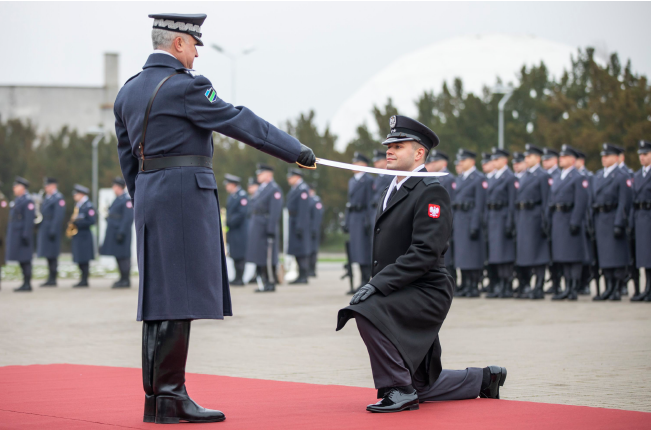
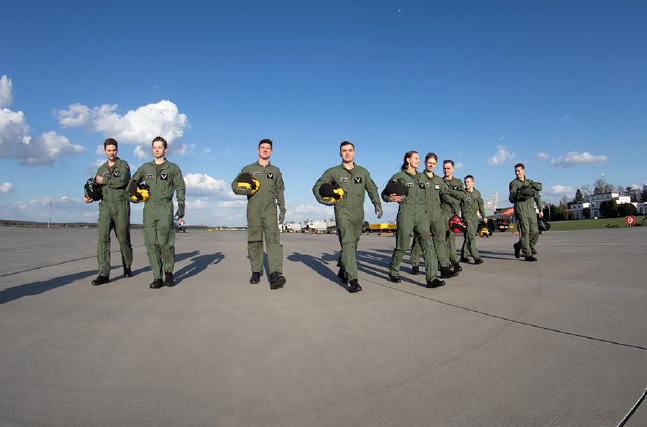

 PL
PL  EN
EN 